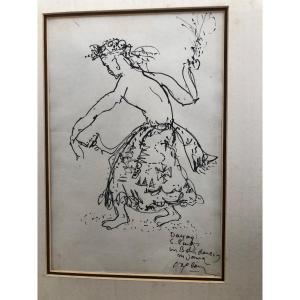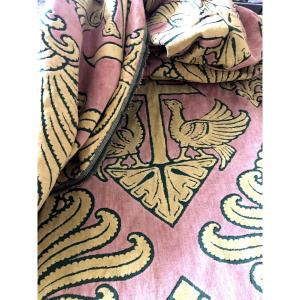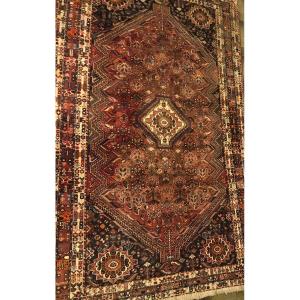The numbers on the plate refer to an explanatory description. An English admiral with wings and the claws of a vulture for hands and feet is tied to a tree while the American Congress [notably depicted as a Native American] cuts the claws on his feet. A Spaniard holds one of the wings while a Frenchman cuts it off to prevent it from flying. Another Frenchman carries off bundles of tobacco, while a desperate Englishman breaks his pipes. A Dutchman collects the feathers from the eagle's other wing, while his companion deals under England's nose. Annotated: Like a bitter Vulture devouring America/ English, with impunity you thought to sack it:/ But to avenge it well for an iniquitous treatment/ Not an ounce of Tobacco remains there. Tobacco had long been Britain's principal import from America, and its use accelerated considerably in the 1700s; by 1775, Britain was importing over 100 million pounds of tobacco from continental America each year. Not only desirable for consumption at home, tobacco was a vital facet of the English economy as a re-export; the French accessing American tobacco directly as depicted in this print not only left Britain "deprived of her much-loved tobacco," but also caused other economic damage by circumventing the lucrative re-export business. While the printed text claims that it was "drawn from nature in Boston by Corbut in 1778" and engraved in Philadelphia by Va de Bon Coeur, this engraving is almost certainly the work of a European satirist (Richard Purcell). The choice of Philadelphia as the engraving location is also probably no accident, since the city was evacuated in the summer of 1778, and may well be the ghost town depicted in the background of this print. A number of English caricaturists used variations on the pseudonym Corbett, Corbutt, or Corbut in the 18th century, and a similar satire in French with identical publication information was printed the same year, also commenting on the strength of the Franco-American alliance. Some (including the Met) have identified this Corbut with the Irish-born artist Richard Purcell, who definitely used the pseudonym in the 1750s and 1760s, although the last work printed under his own name was published in 1766. Regardless of the author's identity, there is little doubt that this satire was printed in London or Paris. We find eight copies of this rare work, only three of which are in the United States: in the Library of Congress, the Metropolitan Museum of Art, and Colonial Williamsburg. The others are in the British Museum, the University of Bern, the Bibliothèque nationale de France, and the Musée Carnavalet.








































 Le Magazine de PROANTIC
Le Magazine de PROANTIC TRÉSORS Magazine
TRÉSORS Magazine Rivista Artiquariato
Rivista Artiquariato